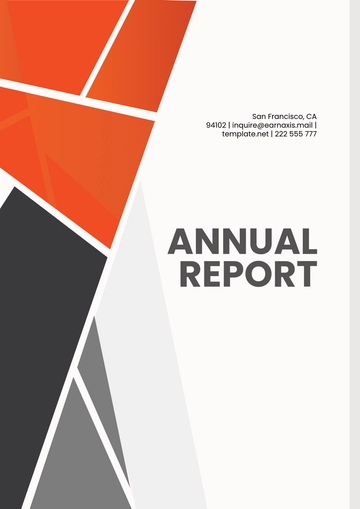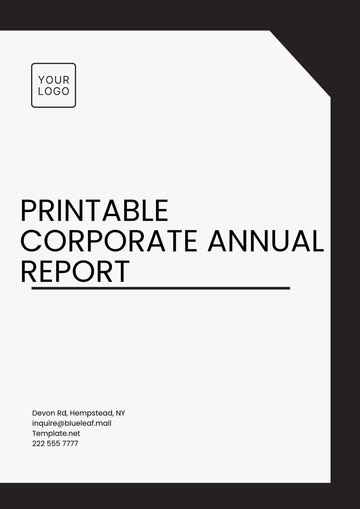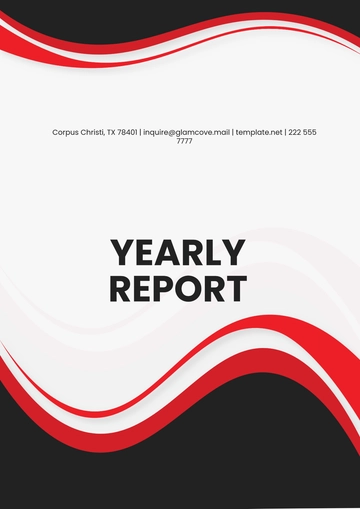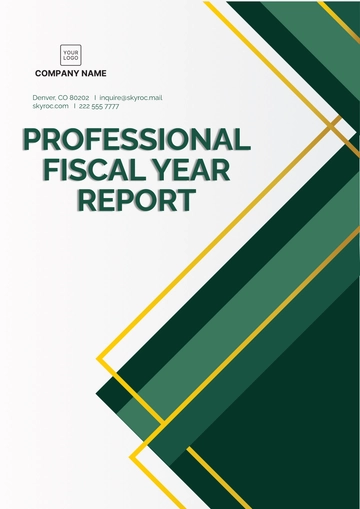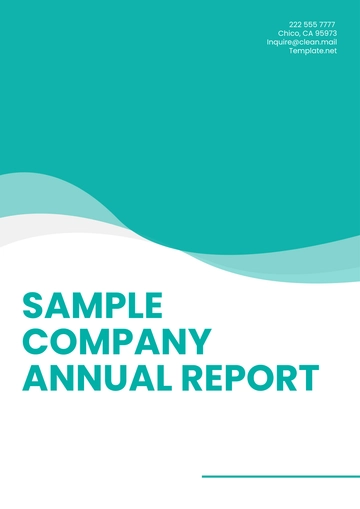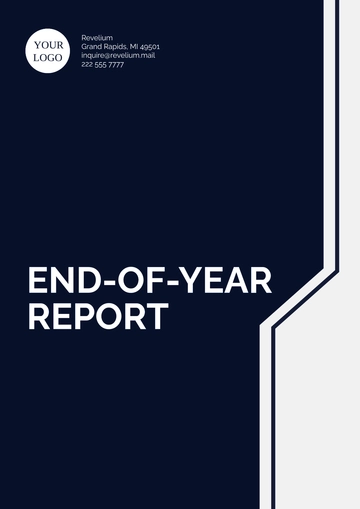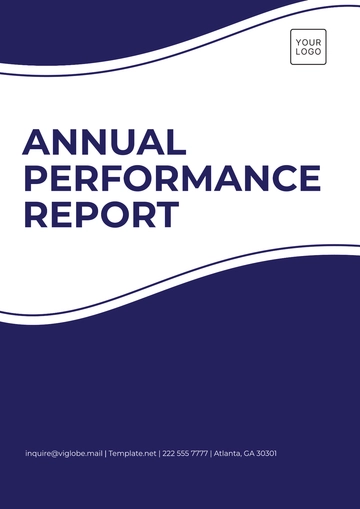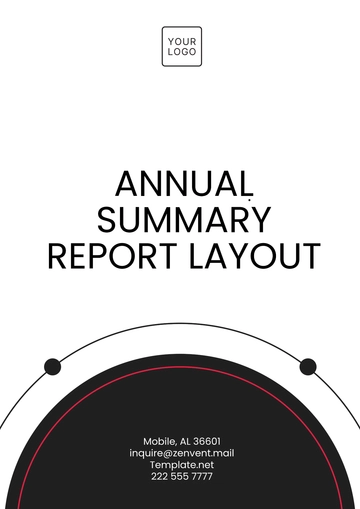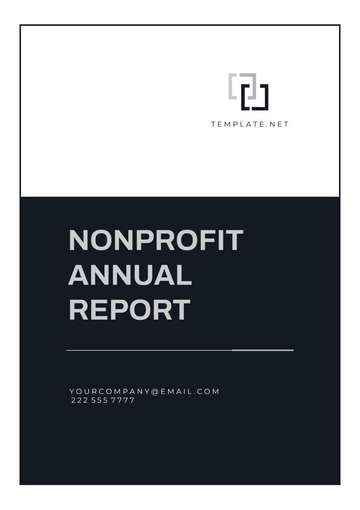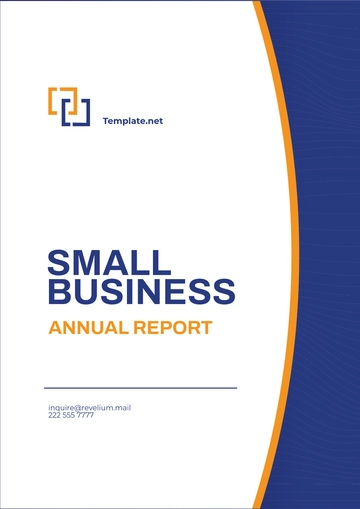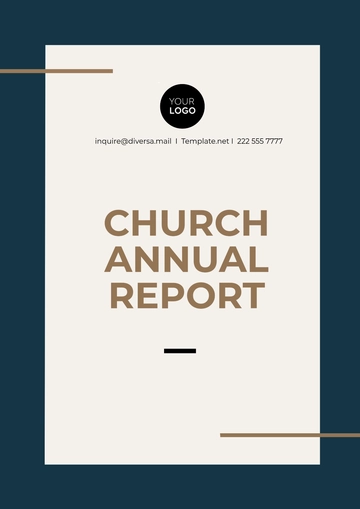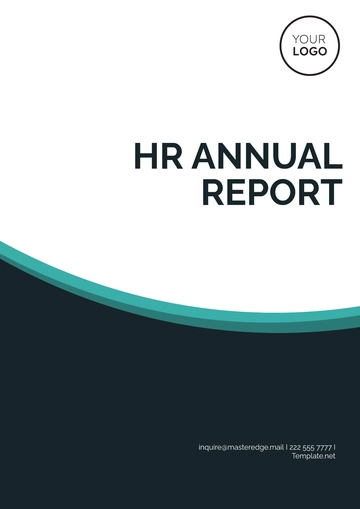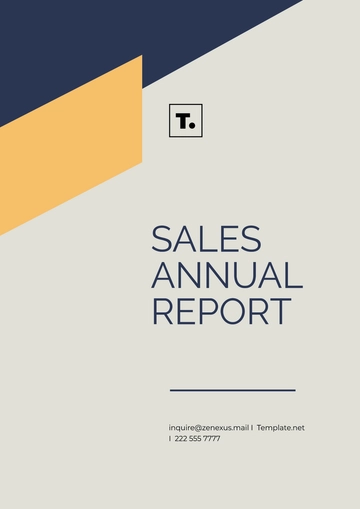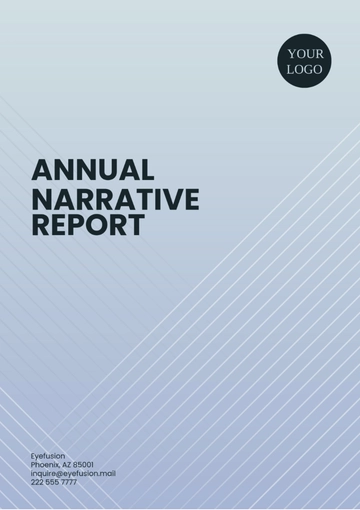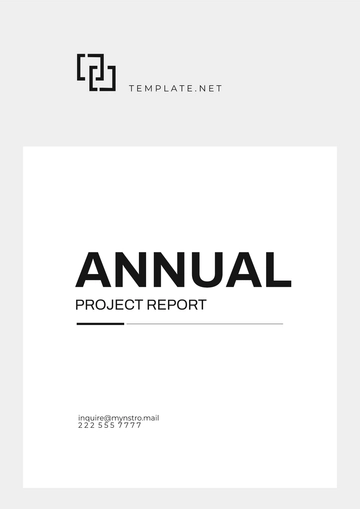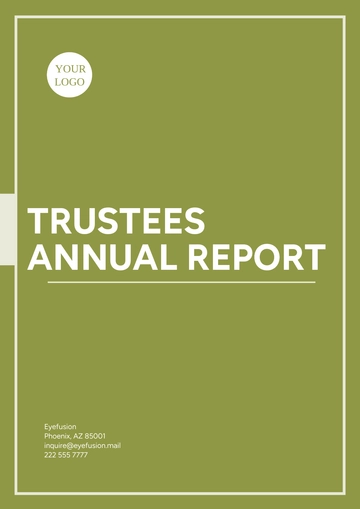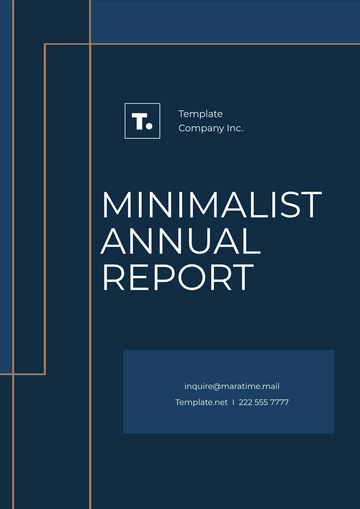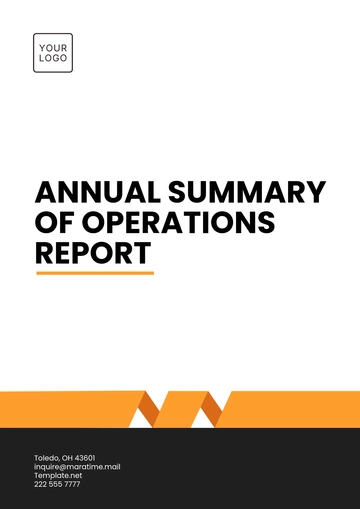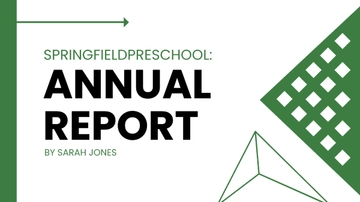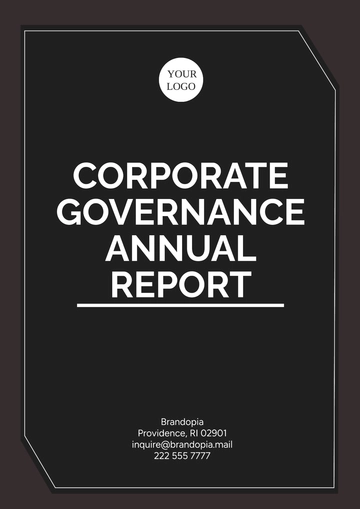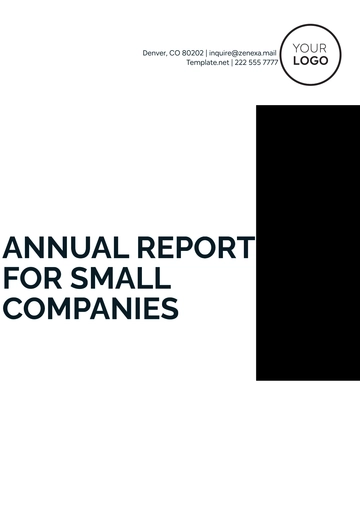Free Annual Accounting Depreciation Report
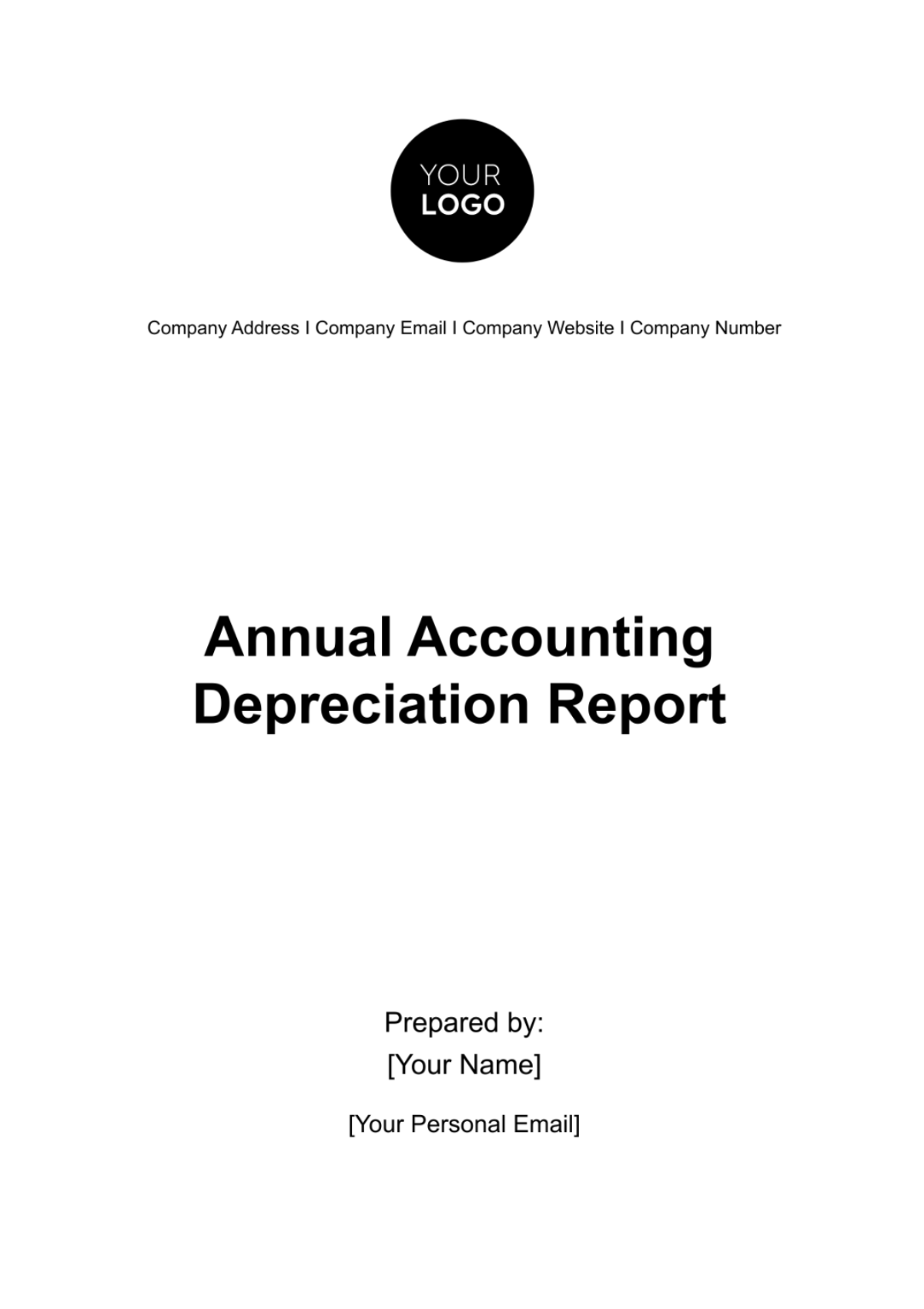
I. Introduction
The report titled "Annual Accounting Depreciation" that we have made available provides an all-inclusive and meticulous analysis of the depreciation expenses that were incurred by [Your Company Name] over the course of the fiscal year that came to a close on December 31, 2050. This document serves to delineate in a clear and concise fashion, the depreciation methodology we have employed, the nature and amount of the expenses related to depreciation we have recorded, the total accumulated depreciation we have accumulated over time, and the book value reflected for all the assets that the company holds which are subject to depreciation.
II. Executive Summary
In the financial reporting period of the fiscal year 2050, the total expenses attributable to depreciation amounted to an extensive figure of $500,000. This total showed a notable escalation, demonstrating a 10% increase when making comparisons with the fiscal data from the year directly preceding 2050. It has been particularly observed that there were substantial alterations in depreciation in the realm of machinery and equipment. Such significant changes are largely attributable to the inflated capital expenditures that have occurred. In light of these financial developments, the report seeks to emphasize the crucial nature of optimizing strategies related to the management of assets. These strategic measures are fostered with the aim of mitigating and managing the costs associated with depreciation, which is a task of great importance. In the longer term, adequate handling of these depreciation costs has the potential to enhance the profitability of the organization, ensuring continued growth and success.
III. Asset Information
Table 1: Depreciable Assets Owned by [Your Company Name]
Asset ID | Description | Acquisition Date | Original Cost ($) | Useful Life (Years) |
|---|---|---|---|---|
101 | Machinery | [Month Day, Year] | 200,000 | 10 |
102 | Equipment | [Month Day, Year] | 150,000 | 5 |
103 | Buildings | [Month Day, Year] | 500,000 | 30 |
104 | Vehicles | [Month Day, Year] | 100,000 | 7 |
IV. Depreciation Methodology
The approach or method utilized to estimate or calculate the depreciation values for all kinds of assets, irrespective of their nature, has been universally acknowledged as the straight-line method. This particular process is applicable to all assets in general, and there is a significant exception that pertains to this broad-based rule, which concerns specifically the category of buildings. The depreciation calculations for assets falling under the classification of buildings deviate from the straight-line method, leaning on a distinct alternate method, which has been widely identified as the double-declining balance method.
V. Depreciation Expense Analysis
Table 2: Depreciation Expenses for Fiscal Year 2050
Asset ID | Description | Depreciation Expense ($) |
|---|---|---|
101 | Machinery | 20,000 |
102 | Equipment | 30,000 |
103 | Buildings | 33,333 |
104 | Vehicles | 14,286 |
VI. Accumulated Depreciation
Table 3: Accumulated Depreciation as of December 31, 2050
Asset ID | Description | Accumulated Depreciation ($) |
|---|---|---|
101 | Machinery | 60,000 |
102 | Equipment | 90,000 |
103 | Buildings | 166,665 |
104 | Vehicles | 42,858 |
VII. Book Value Assessment
Table 4: Book Values of Assets as of December 31, 2050
Asset ID | Description | Book Value ($) |
|---|---|---|
101 | Machinery | 140,000 |
102 | Equipment | 60,000 |
103 | Buildings | 333,335 |
104 | Vehicles | 57,142 |
VIII. Asset Impairment and Disposal
Throughout the entire span of the recently concluded fiscal year, we carefully audited our operations and found no impairments. In addition, within this same yearly timeframe, we consciously chose to undertake an action that involved disposing of a lone vehicle from our resources. This particular decision allowed us to experience a financial benefit arising from this disposal, and this turned out to be a positive increment, with the sum amounting up to $5,000 to our bottom line.
IX. Future Outlook and Recommendations
After a comprehensive analysis of depreciation, it is anticipated by [Your Company Name] that there will be a continued growth in depreciation expenses. This can be largely attributed to the company's plans for future capital investments that are set to be initiated. As a way to alleviate the effects of depreciation that could potentially impact the balance sheet negatively, there are several strategies that the company should direct attention to. Primarily, the company needs to invest time and resources into optimizing the utilization of its assets. This could involve various strategies including effective resource allocation, improvement of operational efficiency, and keen focus on productivity. Secondly, the establishment and strict implementation of preventative maintenance programs should be a priority. This encompasses regular check-ups, timely repairs, and systematic preservation of the company's resources to maintain their functionality and extend their lifespan.
Lastly, the company should actively seek and explore options for either replacing its current assets or finding ways to upgrade them. This could potentially involve investing in more dynamic technologies or better-performing assets that could ultimately reduce depreciation rates. All these measures, if carefully planned and meticulously executed, could act as bulwarks against the anticipated depreciation and ensure the company's financial growth and stability over time.
X. Conclusion
The report that is produced annually and commonly referred to as the Accounting Depreciation Report is known to offer an invaluable in-depth analysis, specifically relating to the depreciation trends of assets belonging to [Your Company Name]. It further interprets these trends and what they may mean in terms of the company's financial performance. Although there has unfortunately been a noticeable uptick in terms of depreciation expenses, it should be noted that adopting and implementing strategies that revolve around proactive management of assets has the potential to help in cost reduction. This practice, in turn, can play a pivotal role in facilitating growth that is not just substantial, but can also be sustained over the long term.
- 100% Customizable, free editor
- Access 1 Million+ Templates, photo’s & graphics
- Download or share as a template
- Click and replace photos, graphics, text, backgrounds
- Resize, crop, AI write & more
- Access advanced editor
Elevate your financial reporting with the Annual Accounting Depreciation Report Template from Template.net. This user-friendly, editable, and customizable template streamlines your reporting process. Crafted with precision and equipped with an AI Editor Tool, effortlessly navigate through asset details, depreciation analyses, and future outlooks. Optimize your reporting experience and present comprehensive financial insights seamlessly.
You may also like
- Sales Report
- Daily Report
- Project Report
- Business Report
- Weekly Report
- Incident Report
- Annual Report
- Report Layout
- Report Design
- Progress Report
- Marketing Report
- Company Report
- Monthly Report
- Audit Report
- Status Report
- School Report
- Reports Hr
- Management Report
- Project Status Report
- Handover Report
- Health And Safety Report
- Restaurant Report
- Construction Report
- Research Report
- Evaluation Report
- Investigation Report
- Employee Report
- Advertising Report
- Weekly Status Report
- Project Management Report
- Finance Report
- Service Report
- Technical Report
- Meeting Report
- Quarterly Report
- Inspection Report
- Medical Report
- Test Report
- Summary Report
- Inventory Report
- Valuation Report
- Operations Report
- Payroll Report
- Training Report
- Job Report
- Case Report
- Performance Report
- Board Report
- Internal Audit Report
- Student Report
- Monthly Management Report
- Small Business Report
- Accident Report
- Call Center Report
- Activity Report
- IT and Software Report
- Internship Report
- Visit Report
- Product Report
- Book Report
- Property Report
- Recruitment Report
- University Report
- Event Report
- SEO Report
- Conference Report
- Narrative Report
- Nursing Home Report
- Preschool Report
- Call Report
- Customer Report
- Employee Incident Report
- Accomplishment Report
- Social Media Report
- Work From Home Report
- Security Report
- Damage Report
- Quality Report
- Internal Report
- Nurse Report
- Real Estate Report
- Hotel Report
- Equipment Report
- Credit Report
- Field Report
- Non Profit Report
- Maintenance Report
- News Report
- Survey Report
- Executive Report
- Law Firm Report
- Advertising Agency Report
- Interior Design Report
- Travel Agency Report
- Stock Report
- Salon Report
- Bug Report
- Workplace Report
- Action Report
- Investor Report
- Cleaning Services Report
- Consulting Report
- Freelancer Report
- Site Visit Report
- Trip Report
- Classroom Observation Report
- Vehicle Report
- Final Report
- Software Report
